What's discussed in this post
Introduction: powerful adverbials“Easily improve your writing by doing this one thing: delete adverbs.” This is one of the most common pieces of writing advice I see on social media, and I hate it. It’s horrible advice because it’s vague, broad, and a bit moralistic (it sets up those who use adverbs as “bad writers” and those who don’t as “good writers”). You’re not a bad writer if you use adverbs. In fact, even those writers who take that advice to page probably still use them. Adverbials are indeed one of the most powerful tools in a writer’s style kit because they’re so versatile. Not only are there 5 types of adverbials, but each type is movable. This means a writer can play with the position of adverbials until they find the right emphasis, rhythm, and tone for the message they want to convey. What is an adverbial?
(reason), and how often (frequency). Although they are considered a part of the predicate, they can appear nearly anywhere in the sentence. The 5 types of adverbialsThe five main types of adverbs are:
Adverbial degreesSuperlative adverbs compare the quality of an action between at least three persons, groups, or things. Superlative adverbs are sometimes used for emphasis rather than comparison. Placement of adverbialsThe placement of an adverbial can change the emphasis, tone, and meaning of the sentence, so it’s important that you exactly what you want to convey. Generally, you want to place the adverb as near to what it’s modifying as possible to prevent a misreading. Middle adverbials show up within or directly around the verb phrase. They put stress on the verb, but they can also interrupt the flow of the sentence and can slow the reader down. The normal placement of simple and flat adverbs is here, between the auxiliary and principal verbs or following a principal verb. Adverbs that modify words other than verbs should immediately precede the word qualified. She hastily sat on the settee. Ending adverbials are placed after the main clause. They put stress on the adverbial. If the adverbial provides new information, it should be placed here. Adverbs generally follow intransitive verbs. She was sitting on the settee when I walked into the parlor. Signs of ineffective adverbials
Exercise 4Further studyThe Chicago Manual of Style 5.156–5.171
3 writing myths debunked
0 Comments
Leave a Reply. |
AuthorSarah Hawkins is a geek for the written word. She's an author and freelance editor who seeks to promote and uplift the authors around her. Categories
All
Archives
December 2023
|
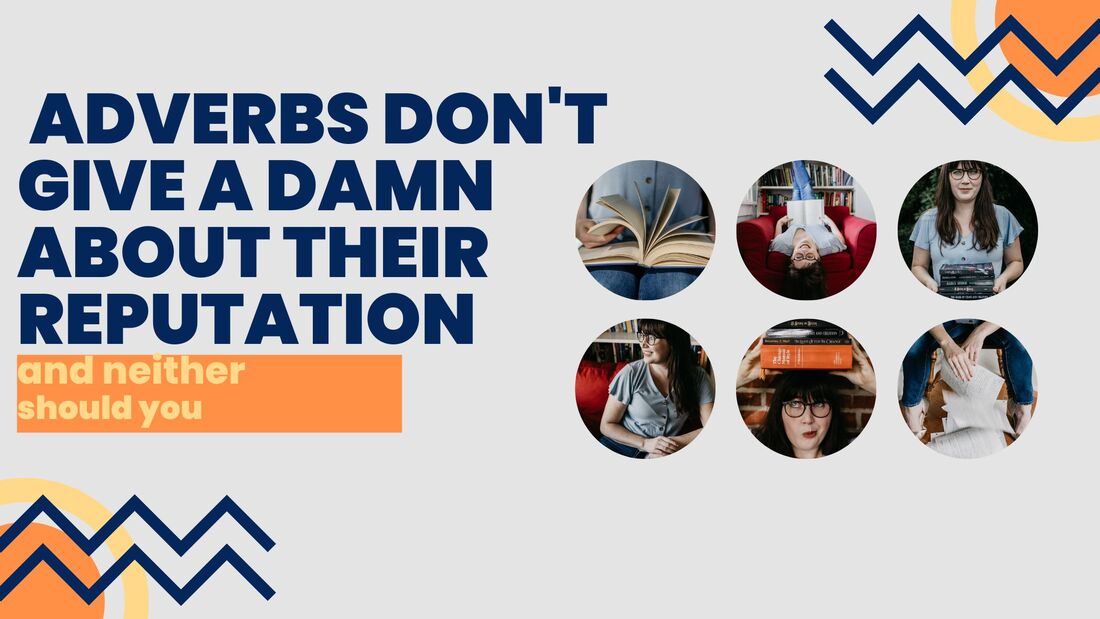
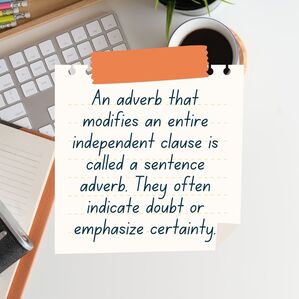
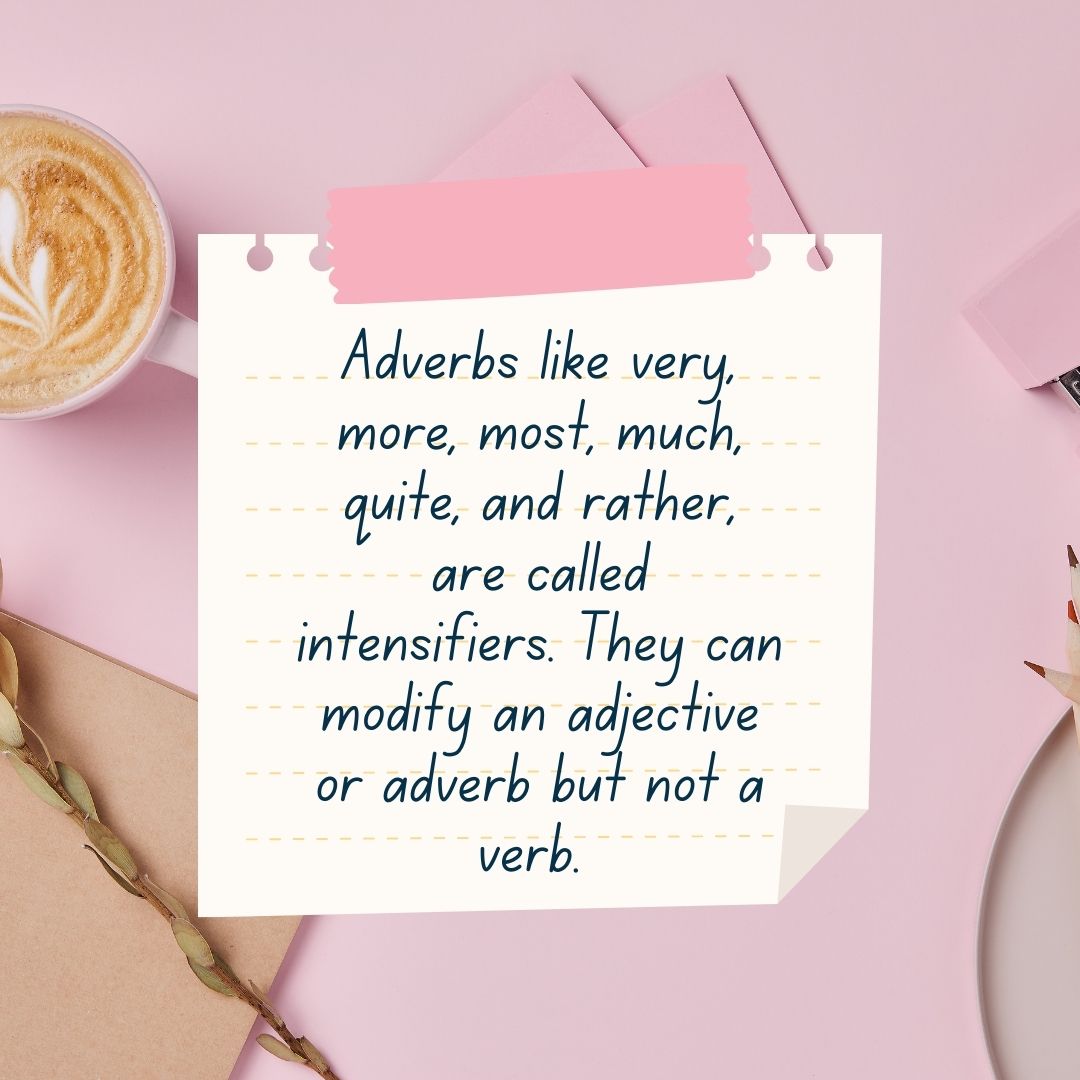
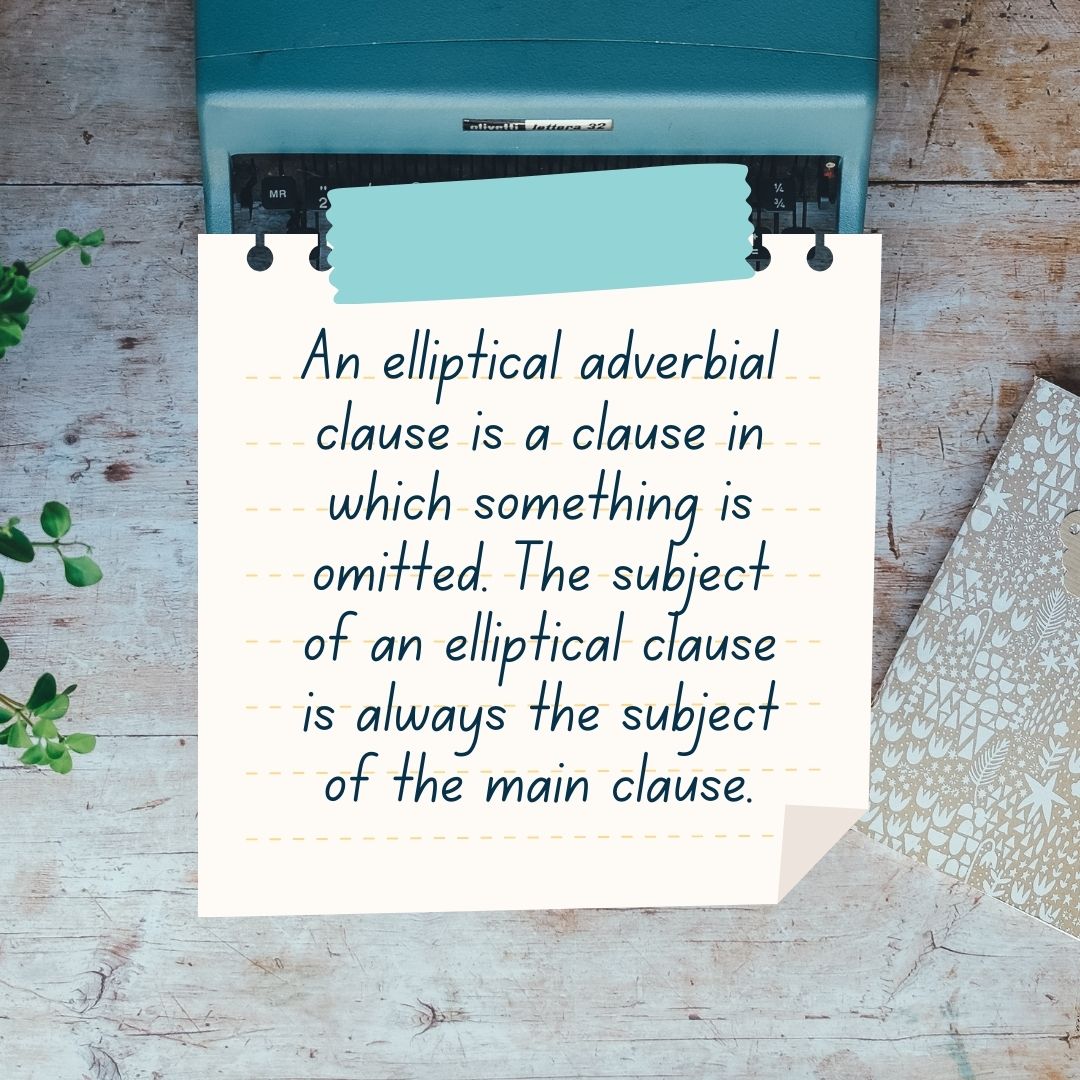
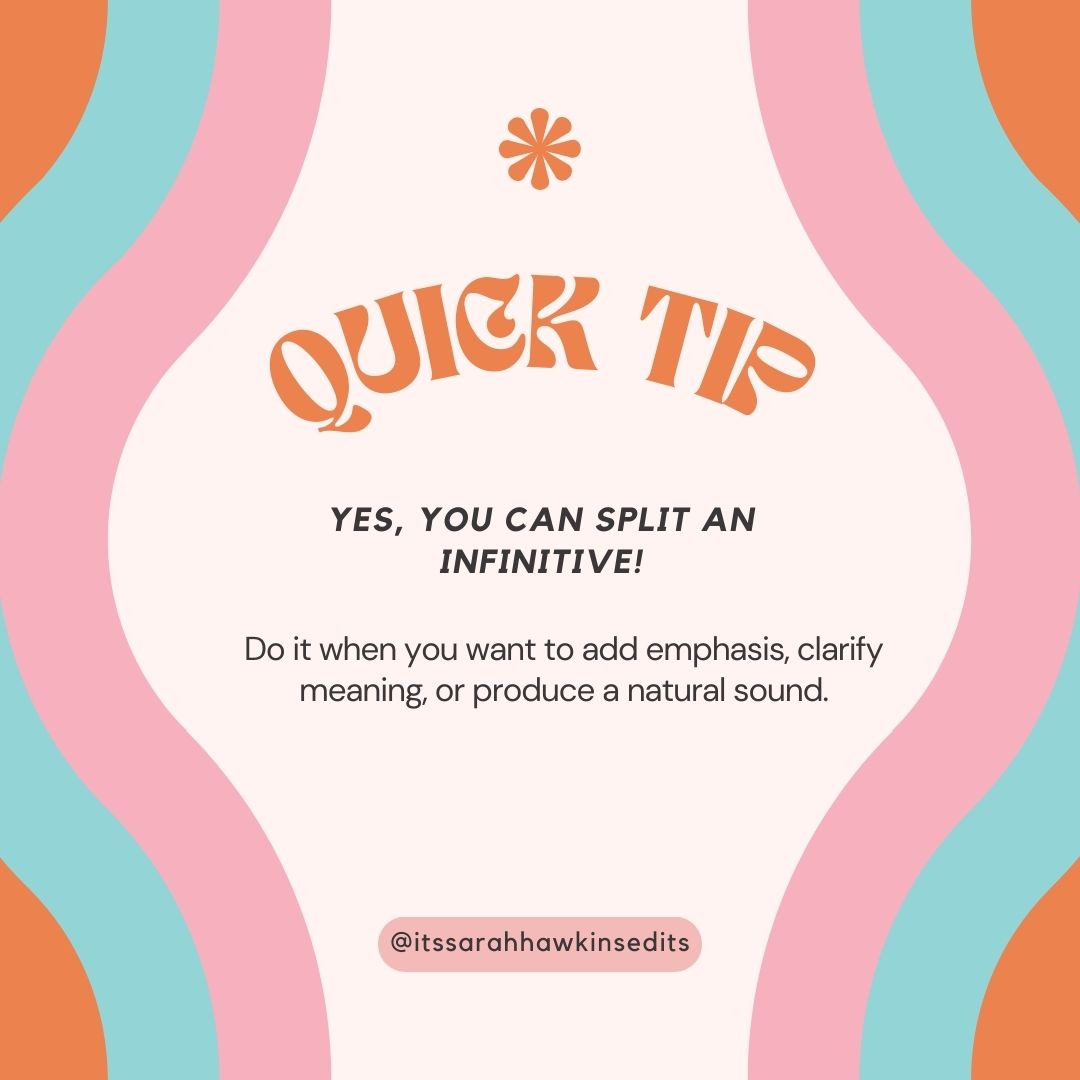
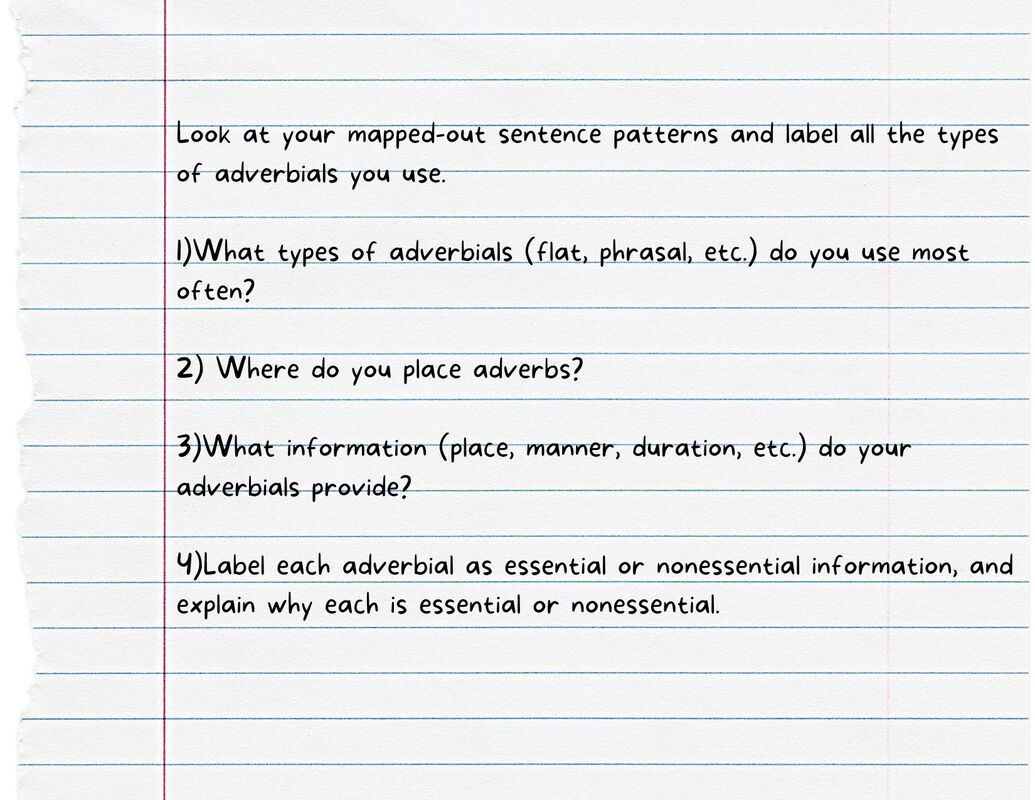
 RSS Feed
RSS Feed
